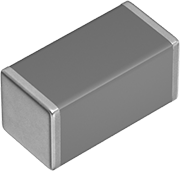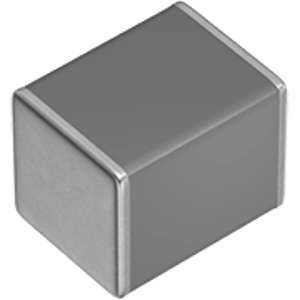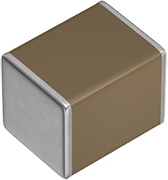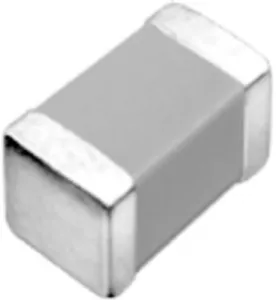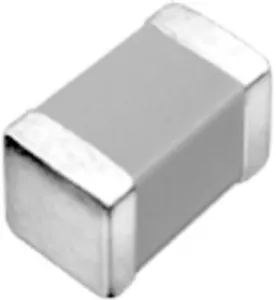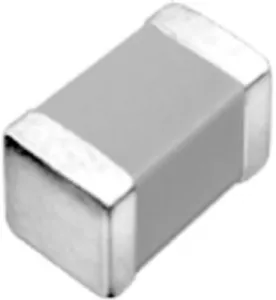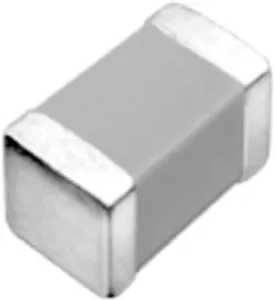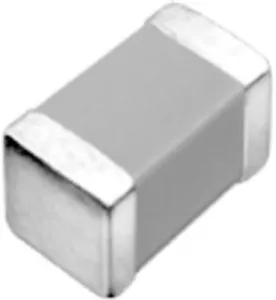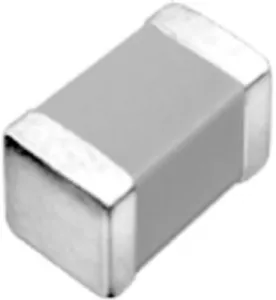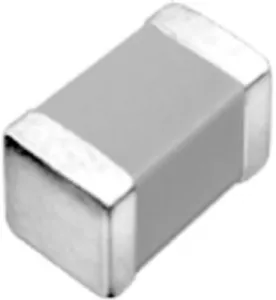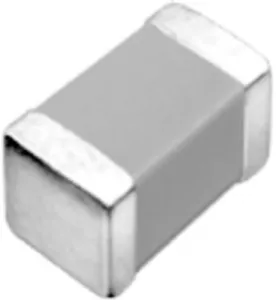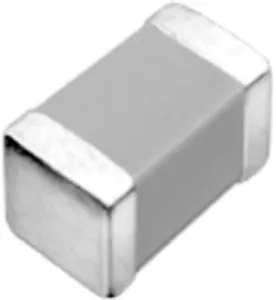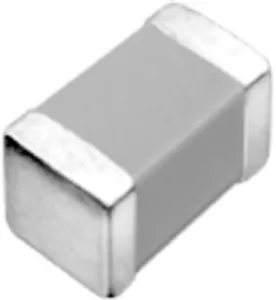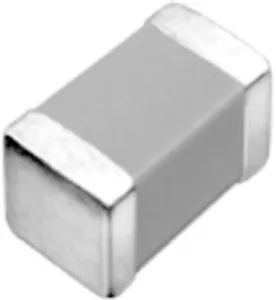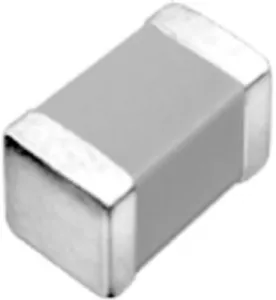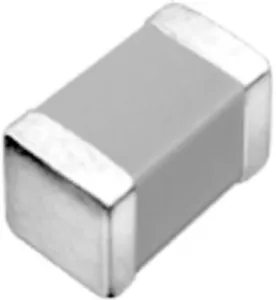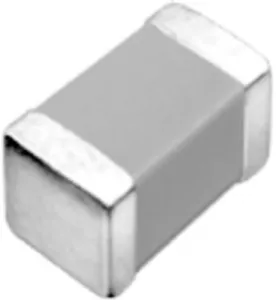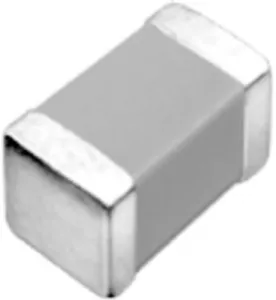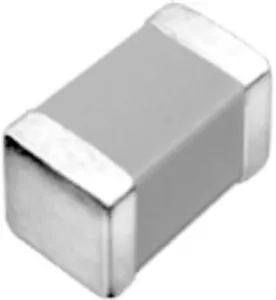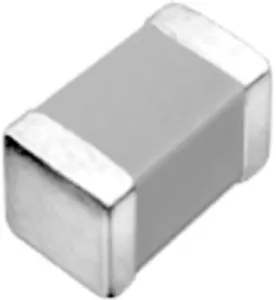Ceramic Capacitors
Order No.:
72D0307
Manufacturer SKU:
C3216X7R1H106K160AE
Order No.:
72D0826
Manufacturer SKU:
CGA6P1X7R1N106K250AC
Order No.:
72D0837
Manufacturer SKU:
CGA6P3X7R1E226M250AB
Order No.:
75D4175
Manufacturer SKU:
C1005C0G1H101J050BA
Order No.:
75D4179
Manufacturer SKU:
C1005C0G1H102J050BA
Order No.:
75D4221
Manufacturer SKU:
C1005C0G1H471J050BA
Order No.:
75D4327
Manufacturer SKU:
C1005X5R0J475K050BC
Order No.:
75D4383
Manufacturer SKU:
C1005X5R1E224K050BC
Order No.:
75D4384
Manufacturer SKU:
C1005X5R1E224M050BC
Order No.:
75D4403
Manufacturer SKU:
C1005X5R1H104K050BB
Order No.:
75D4435
Manufacturer SKU:
C1005X5R1V105K050BC
Order No.:
75D4532
Manufacturer SKU:
C1005X7R1C104K050BC
Order No.:
75D4536
Manufacturer SKU:
C1005X7R1C224K050BC
Order No.:
75D4545
Manufacturer SKU:
C1005X7R1E104K050BB
Order No.:
75D4559
Manufacturer SKU:
C1005X7R1H103K050BB
Order No.:
75D4561
Manufacturer SKU:
C1005X7R1H104K050BB
Order No.:
75D4633
Manufacturer SKU:
C1005X7S1A225K050BC
Order No.:
75D4643
Manufacturer SKU:
C1005X7S2A103K050BB
Order No.:
75D4796
Manufacturer SKU:
C1608C0G1H332J080AA
Order No.:
75D4810
Manufacturer SKU:
C1608C0G1H472J080AA
High performance: ceramic capacitors in electronic circuits
Ceramic capacitors, often called "Kerkos", are essential components in electronic circuits and are responsible for storing electrical charge. They are made of thin oxide ceramic layers. This ensures stable electrical properties and high temperature resistance.
These features make ceramic capacitors ideal for high-frequency applications and can be found in small electronic devices as well as in complex industrial equipment. The models differ in terms of capacitance, dielectric strength and the dielectric used. This is a material that insulates the electrical flow in the capacitor and thus determines the storage capacity.

